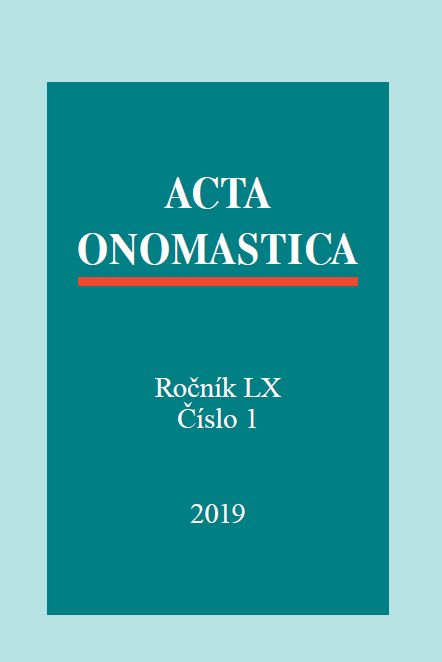Polná – a toponym that has become a symbol
Polná – a toponym that has become a symbol
Author(s): Žaneta DvořákováSubject(s): Language and Literature Studies, Jewish studies, Theoretical Linguistics
Published by: AV ČR - Akademie věd České republiky - Ústav pro jazyk český
Keywords: place names; toponyms; anoikonyms; Polná; Hilsner Affair; functions of proper names
Summary/Abstract: In our minds, many toponyms are connected with important historical or mythical events. This paper is focused on the toponym Polná and some proper names related to this town. Polná was one of many small sleepy towns in the Vysočina region. Everything changed with the murder of Anežka Hrůzová in 1899. The rumours of a “ritual murder” spread and the local Jew Leopold Hilsner was charged with the crime. It was the beginning of a great anti-Semitic hysteria and Polná became the most watched place in the monarchy. The whole affair was publicized in our country and abroad. After more than 100 years the city of Polná is still associated with this murder, the Hilsner Affair and the tragic judicial error. It became a part of the common knowledge and culture of Czech people. The history is still alive and projected into the image of the town. At the scene of the act (called U Anežky) there is a symbolic grave which is often visited by tourists and by Czech nationalists. On the town square we can go for lunch at U Hilsnera Restaurant. Nearby we can find a former Jewish ghetto still unofficially called Židák (Žid = ‘Jew’) even though no Jews live here today.
Journal: Acta Onomastica
- Issue Year: LX/2019
- Issue No: 1
- Page Range: 24-35
- Page Count: 12
- Language: English

